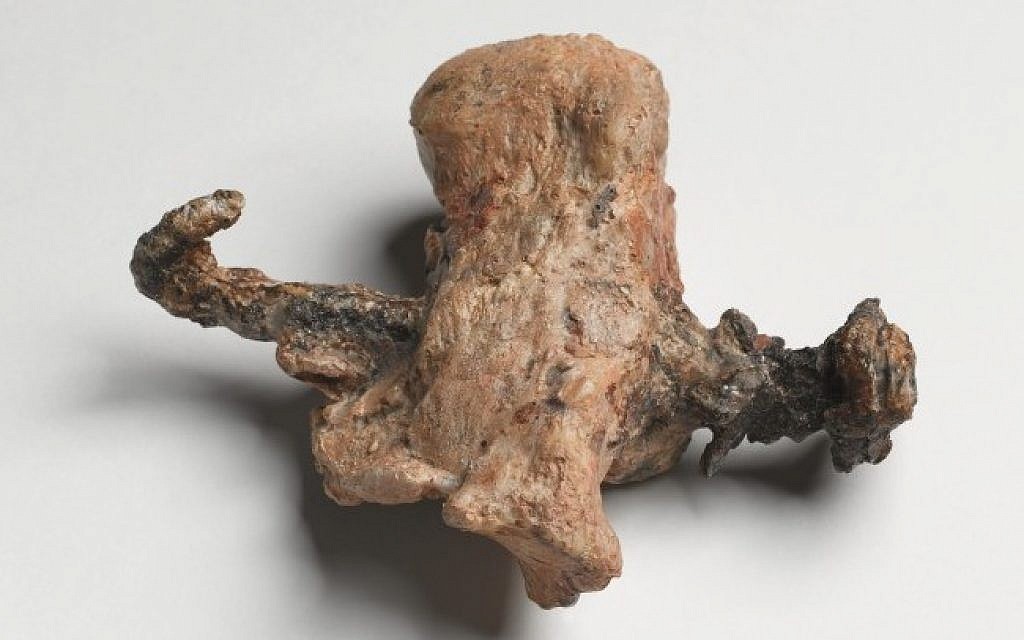“I resumed the trowel, and finished without interruption the fifth, the sixth, and the seventh tier. The wall was now nearly upon a level with my breast. I again paused, and holding the flambeaux over the mason-work, threw a few feeble rays upon the figure within”.
In 1846, Edgar Allan Poe’s short story The Cask of Amontillado delivered to readers a chilling tale of truly sadistic murder. Poe’s piece tells the story of a man recounting to a friend how he had his revenge on a former acquaintance by luring him into the catacombs with the promise of a highly prized cask of wine. The story’s narrator then describes how he chained his enemy to the wall and proceeded to seal him into his tomb with brick and mortar, leaving him to die a miserable death within.
The means of murder that Poe’s narrator described is known as immurement, a terribly cruel form of punishment in which the victim is essentially buried alive and left to suffocate or writhe in agony until eventual starvation and dehydration lead to death.

(A 1935 illustration depicting the immurement described in “The Cask of Amontillado”)
The cruel practice typically has been carried out by locking the unfortunate soul in some sort of coffin-like box or in other cases, sealing them into a wall or other structure of some kind.
Read more HERE








































